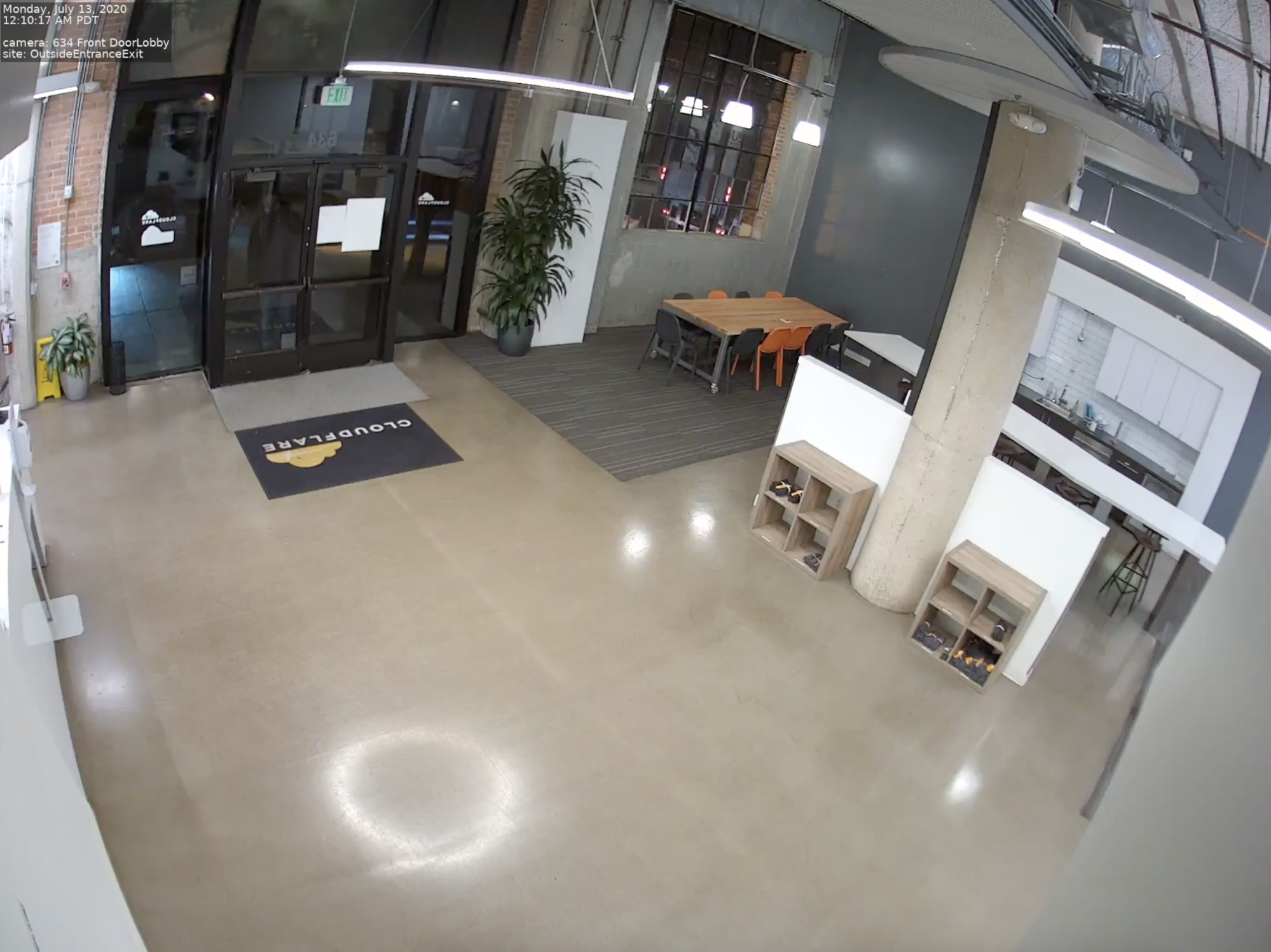Basic scripting on Unix and Linux
Creating a script on a Unix or Linux system can be dead easy or surprisingly complex; it all depends on how much you’re trying to get the script to do. In this post, we look at scripting basics—at how to get started if you have never built a script before.Identifying the shell Unix and Linux systems today have a number of shells that you can use. Each shell is a command interpreter. It reads commands and sends them to the kernel for processing.[Get regularly scheduled insights by signing up for Network World newsletters.] Bash is one of the most popular, but there’s also zsh, csh, tcsh and korn. There’s even one called fish that can be especially nice for Linux beginners because of its helpful command auto-completion options. To determine which shell you are using, use this command:To read this article in full, please click here

 What happens when easy money from domain speculation gets into running registrars ?
What happens when easy money from domain speculation gets into running registrars ?

